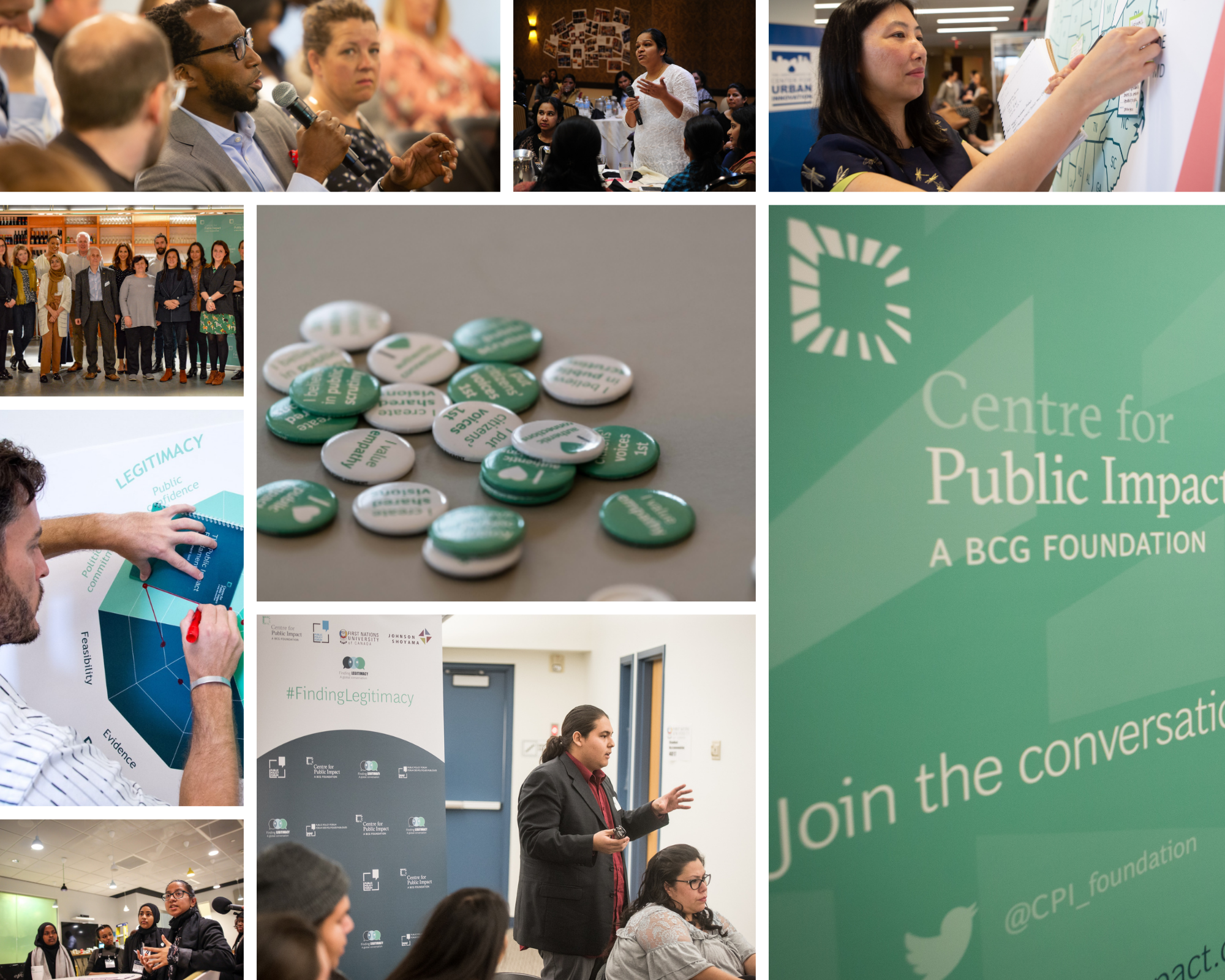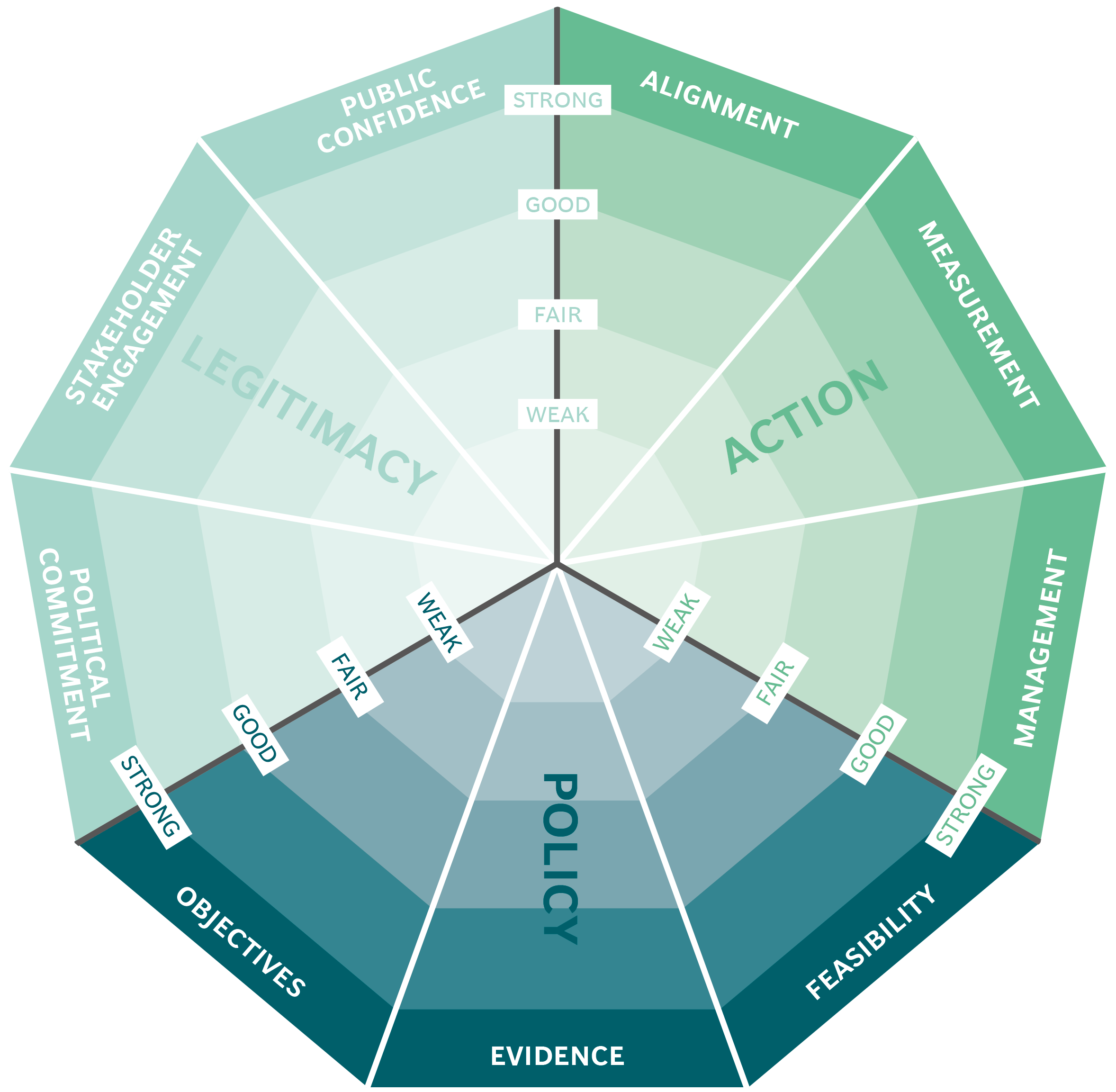
San Francisco’s K2C: saving for college in kindergarten
The initiative
The solution to this problem was San Francisco's Kindergarten to College Initiative (K2C). ”City leaders were compelled to create K2C when they learned that saving for college could make a critical difference for San Francisco students.” [3] The initiative was launched by the San Francisco Office of Financial Empowerment (SFOFE) in 2010 after the planning process, which was led by the SFOFE and the Department of Children Youth and their Families. The Corporation for Enterprise Development (CFED) to lead the research and design work that would form the basis of K2C.
The main objectives of K2C were to:
- Ensure that every child in San Francisco was able to save money for tertiary education.
- Provide and promote financial education among young children.
- Provide low-income families access to the savings products that enable them to build wealth.
The challenge
Many of San Francisco's high school students do not go to college because they and their families cannot afford the expense. This is increasingly the case as “college costs are skyrocketing and families will likely need to pay a bigger chunk of these costs than they have in the past.” [1]
Part of the problem is that “children with savings accounts will be up to seven times more likely to attend college than those without an account. This is true regardless of the family's income, race, or educational attainment ... In lower-income and immigrant communities, too many families don't even have an account or banking facilities with any financial institution.” [2] Without acquiring the habit, and means, of saving early on, families find themselves unable to help support their children through college.
The public impact
During the roll-out of K2C in 2012, city leaders provided many San Francisco children with a college savings account. “In 2012, every incoming San Francisco public kindergarten student (a total of over 4,500 students) received a college savings account with a $50 deposit, and the opportunity to receive bonus incentives. Now, [more than] 20,000 accounts have been opened since [K2C began] in 2010.”
As a result, many low-income families who had formerly been without bank or savings accounts were able to benefit from K2C, as a bank account was opened for them. This move to greater financial awareness was encouraged for the children themselves: K2C was successful in integrating financial subjects into the K-12 maths curriculum.
Stakeholder engagement
The main internal stakeholders in the creation of K2C were the SFOFE and the Department of Children Youth and their Families. The Corporation for Enterprise Development (CFED) assisted with the original research.
There were a number of external stakeholders, for example:
- Foundations, community organisations, local businesses and individuals who provided generous additional deposits and matching incentives.
- The banks that offered to work with the city council to develop a savings product that would meet the goals of the programme.
- The elementary school maths teachers who incorporated financial subjects into the kindergarten curriculum.
Political commitment
The mayor of San Francisco and the city council were committed to K2C in two main ways:
- By funding it - “The City of San Francisco automatically opened college savings accounts for over 1,000 San Francisco Kindergartners. The City also ‘seeded' every account with an initial deposit of $50.” [4]
- By engaging all parts of the city's civil and business community in supporting it - “A number of high-profile public sector leaders championed the proposal before the Board of Supervisors, including then Mayor Gavin Newsom, Treasurer José Cisneros, Schools Superintendent Carlos Garcia, Board of Education President Hydra Mendoza, and Maria Su, head of the Department of Children Youth, and their Families.” [5]
Public confidence
Enrollment in the scheme is automatic, and early results are positive with 12% (1550) of participants having supplemented the opening donation and contributed their own funds. [6] Some schools have participation rates as high as 20%, indicating public confidence in the scheme. Now more than 20,000 of accounts have been opened since the program begun in 2010. [7]Clarity of objectives
The policy objectives were clearly set out and have been maintained throughout. The ultimate goal was to put school-leavers, especially those from low-income families, in a position where they had enough money to go to college. The means to that was to make sure that every child entering San Francisco’s kindergartens had a savings account opened for them.Strength of evidence
Even though K2C was a “First-in-the-Nation Initiative”, the ideas behind the programme had been well developed elsewhere. “The idea of establishing a universal system of children's accounts at birth was first proposed by Professor Michael Sherraden in his seminal book, Assets and the Poor .... A proposal known as the ASPIRE Act would give each child born in the US a savings account. The account would be seeded with at least $500, and would serve as a magnet for additional contributions to help the child achieve significant life goals, such as obtaining a post-secondary education ... In addition, over 10 states currently match the deposits of low-income families in their ‘529' college savings plans.” [8]
K2C was piloted in the 2010-2011 academic year with 1,200 students in 18 schools, representing 25 percent of all kindergarten classes. This led to plans to roll the programme out to all new kindergartners, (approximately 4,500 students per year) over the following two academic years.
Feasibility
The financial support was provided by the city council and the various NGOs, businesses and private individuals who donated money, for example the not-for-profit, EARN, which is providing matching funds in the first year and helped in evaluating K2C.
The logistical issues were largely addressed through the design phase and the pilot, There were two outstanding challenges which were dealt with during implementation of the policy:
- “The programme design was ambitious and caused challenges in data exchange, tax reporting, ‘know your customer' requirements and other legal hurdles. It required legal and financial expertise to resolve these Issues.” [9]
- The city council also faced the lack of financial products and services designed to support the kind of children's saving accounts programmes that were required for K2C.
Management
The city council manages the project through the SFOFE and the Department of Children Youth and their Families. SFOFE led the start-up and design of K2C, runs the programme on a daily basis and tracks its progress.
Citibank created and maintained mysavingsaccount.com, the online portal that allows the families of kindergartners to track their savings.
Measurement
There are a number of metrics that were used to gauge K2C's performance:
- The number of kindergartners in the programme. This was effectively measured by school district providers who provided names, dates of birth and addresses of enrolled students to SFOFE, with the consent of the parents.
- K2C's outreach to children and families from a wide range of backgrounds.
- Assessing parents' experiences with regard to materials, messaging and branding, and their attitudes and experiences with regard to saving and to college expectations for their children.
Alignment
There was a coordinated effort between the city, their business and NGO partners, and the public. “Many people over many months worked on the design and rollout of the K2C initiative. The effort included input from political, financial, and non-profit leaders, as well as members of the school district itself.” [10] K2C received financial support from all their partners and ensured a high level of participation from the city's kindergartners and their families.
K2C is a collaborative venture, an initiative of the San Francisco Mayor's Office, the Office of the Treasurer, the Department of Children, Youth, & Their Families and the San Francisco Unified School District, with support from CFED (who supported the planning process in particular), EARN, the New America Foundation and San Francisco Foundation.

The Public Impact Fundamentals - A framework for successful policy
This case study has been assessed using the Public Impact Fundamentals, a simple framework and practical tool to help you assess your public policies and ensure the three fundamentals - Legitimacy, Policy and Action are embedded in them.
Learn more about the Fundamentals and how you can use them to access your own policies and initiatives.
You may also be interested in...


Mexico City's ProAire programme

BANSEFI: promoting financial inclusion throughout Mexico

Urban agriculture in Havana

Formalising the appointment and compensation of Chile’s senior civil servants
